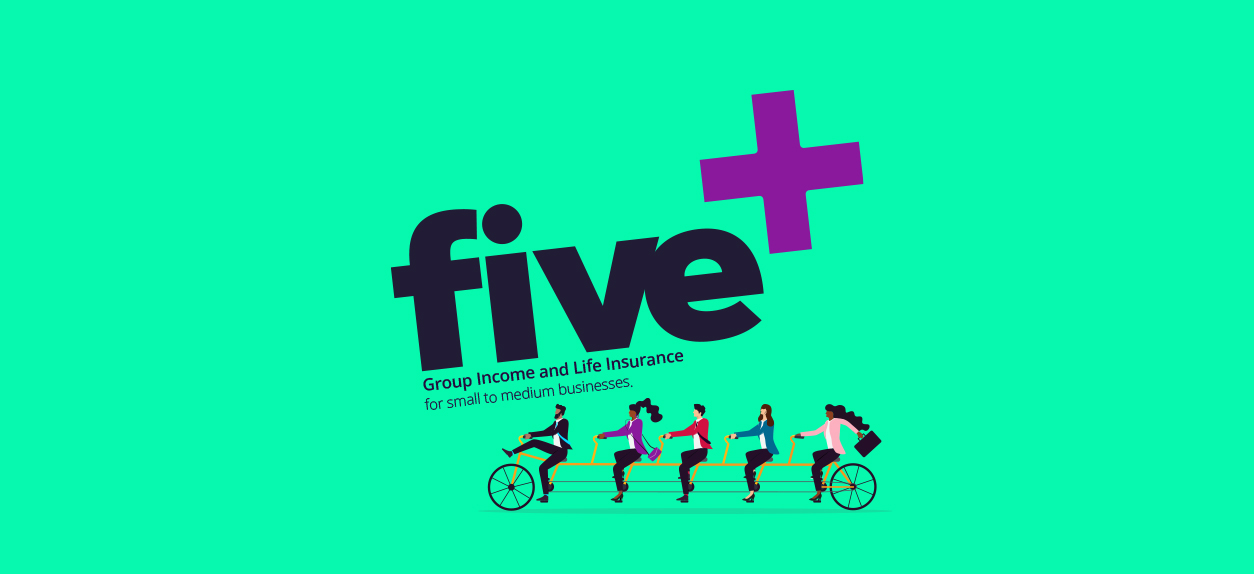Hidden elements of income insurance that undermine sustainability.
APRA’s edict to life insurers to focus on sustainable practices in respect to the design, features, pricing and management of individual disability income insurance, places responsibility on product managers and actuaries to rebuild the product.
Not only do the products have to be sustainable, but they also need to be attractive to consumer and, of course, do the job. It must protect the insured’s income by providing a benefit in the event of illness or injury.
To achieve this, APRA have stepped in and told insurers to remove elements and add restrictions on others in order to ensure the future of the products. Outside excessive discounting for new clients paid for by existing ones, there are some other less obvious discounting practices – that may erode profitability over time.
My examples both relate to the underwriting process; a process of negotiation sometimes- but it seems often the wrong aspects are being bargained.
Manipulation of occupational rating factors.
One of the easiest ways to obtain a discount for disability income is to try and move a client’s occupation rating to a higher category (eg white collar to professional) the idea being that more ‘select’ occupations get higher discounts.
But – select occupations tend to be less common and it is tempting for advisers to negotiate with underwriters on the basis that their client deserves to be in a more “favourable” category – and hence get a discount, even if the client doesn’t strictly meet the criteria to be included in that category.
The problem is that the life insurers’ book is then skewed toward discounted lives when the expectation is that the book will be balanced – yes, some occupations will be discounted, but most pay a standard rate and some a loaded rate – to account for the differences in claims experience across different occupations.
So, if a life insurers’ premiums are expected to be balanced – but too many are discounted by creep into a discounted occupational category – the effect is that profit is reduced as there is not enough premium to cover expected claims, expenses and commission collected.
Loading Waivers.
This works by providing selected advisers the ability to ‘waive’ medical loadings up to a limit – that is, a loading is imposed by the underwriter after the medical assessment and recorded on the policy system – but not charged to or paid by the client.
The effect is that all the insured lives who are not clients of an adviser in the loading waiver program subsidise all those clients whose loadings are waived. This is not equitable, or in line with the principles of risk sharing and insurance generally.
This practice also erodes profitability by attracting a higher number of substandard lives – as an adviser will always place business where most favourable (and cost effective) for clients. So, if one company offers loading waivers and one does not – then the loaded lives will all be placed as ‘standard’ with the company offering waivers.
The final thought.
The challenges facing our industry have not been cause by one single event, but rather a series of choices that erode over time. Part of our commitment to the industry, clients and Advisers is to acknowledge these practices and present a better way forward.



